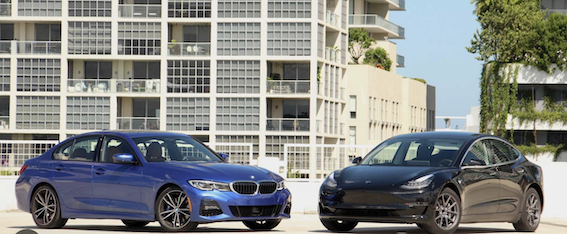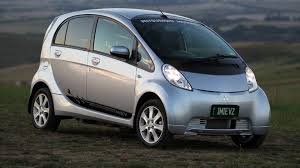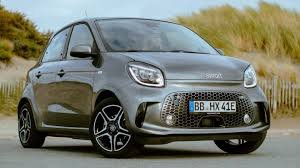What exactly is the point of constantly comparing an ICE 3-Series to a Tesla EV - or any EV - when the ICE on account of being lighter will have certain obvious advantages? Compare an electric 3 -series to a Tesla for the comparison to be valid. For good or bad, the ICE 3-Series will disappear from the market so comparison to it is as meaningful - or meaningless - as comparing 2024 to 1924. The past has passed and the ICE 3-Series will soon be gone.
In 2024 though - to pick up on your final sentence - Tesla have more EV experience than BMW. Is your constant harking of BMW ICE superiority over Tesla an unspoken recognition of that? Stanley was good at steamers - then it didn't matter.
As I said, the BMW is THE legendary nimble Exec saloon. I did NOT say that every ICE is a legendary Exec saloon.
The 3er has five decades of multi-billion DM/€ product development behind it. The incoming EV brands don't.
Those five decades of small executive saloon leadership will shortly evolve into the BMW 3er EV, which will be streets ahead of BYD and Tesla equivalents. Munich knows how to design, build, market, distribute, sell, service and repair cars.
It's nonsense to obsess with the drivetrain and Supercharger advantage - that's a tiny part of the motoring experience. What matters is the overall design, manufacturing, marketing, distribution, servicing and repair capability.
This Yankee or Chinese built Tesla 3 wannabe doesn't stand a chance in comparison to the decades and billions in German product development spent so far.
Maybe one day, but not any time soon.
Test drive a Tesla 3 back to back with a 3 series. It's easily arranged. See for yourself.
The only reason to choose a Tesla 3 today is the enormous company car tax advantage on new car purchase, and the ability to fuel an EVat 3p mile instead of 15p - call it £960 a year IF you're doing 8,000 miles a year - IF you fuel solely from overnight rates on your driveway. (Use "free" electricity at work or in your office, and that saving is greater.)




